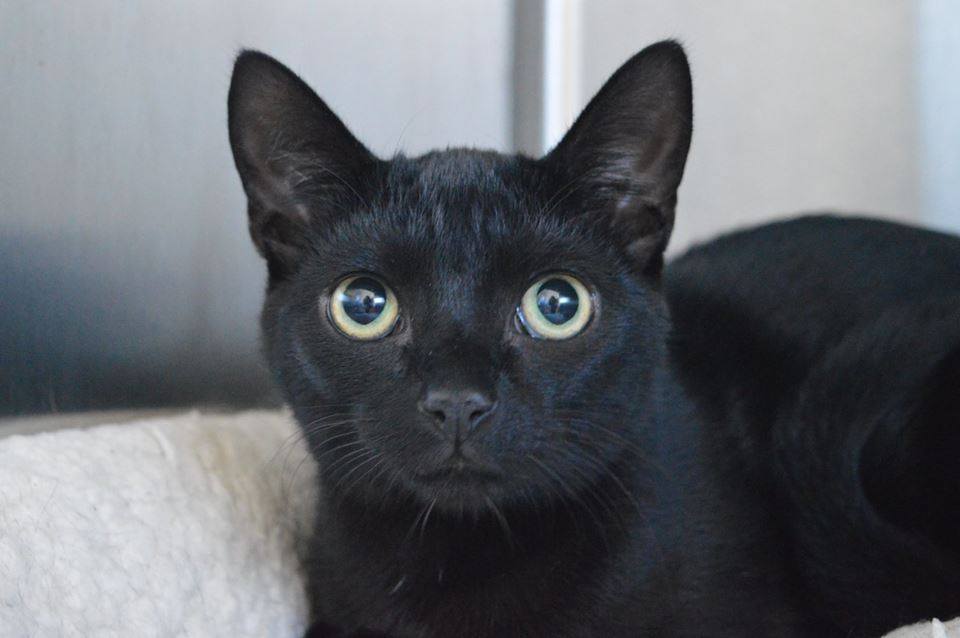Feline Pain Awareness

Cats are natural athletes and are highly active, but over the years this can take its toll. As a consequence older cats can suffer from wear and tear in their joints
Many older cats suffer from arthritis. 9 out of 10 cats over the age of 12 years can suffer from this painful disease. In cats, the elbow joint is most affected, followed by the shoulder and hip. With cats living longer this is a growing problem.
Arthritis causes joints to degenerate over time, causing reduced and painful mobility.
Cats are known for their independent nature and athleticism, and these are the qualities that can often make it difficult to identify when they are in discomfort.
Cats have also evolved to hide signs that they are in pain, to protect themselves from predators. Unlike dogs they rarely cry out or whimper, preferring to hide away from contact. Dog owners are more likely to notice pain when out on walks, whereas a cat will just move less to limit pain. This is often put down to your cat just getting old.
As you know your cat best, you are well placed to notice the signs of this painful condition.
If you have noticed any of the following changes or behaviours in your cat then you should consider arranging a check up with your vet as they are classic signs of feline pain.
- Hesitation or reluctance to jump up or down - onto your lap, onto furniture, through the cat flap, in and out of the litter tray
- Slowing down - sleeping more, stiffening up
- Scurfy, matted or unkempt coat
- Nails catching on your clothes
- Less sociable, less tolerant, more withdrawn
The medical care of cats with arthritis has advanced in recent years and with appropriate treatment and management, your cat can be comfortable in old age and back to his/her old self!
The following adjustments are helpful:
- Maintain activity: Play gentle games to keep him/her alert. Create places where your cat can easily hide and climb, such as cardboard boxes with a hole large enough for a cat sized door. Attract your cat inside with comfy bedding and some food
- Make access to food and water easy: Put food somewhere accessible so that your cat doesn't have to jump up and down to get at it. If it has to be put up high (away from other pets) then create levels so that your cat has several small jumps to cope with. The food should be placed somewhere your cat feels safe - away from the litter tray and cat flap. Cats often prefer having their drinking water away from their food so consider putting a second water bowl in another room
- Relocate the litter tray: Make sure the litter is in a place your cat feels safe, not in a busy corridor or near a cat flap. Use a litter tray with lower sides that is easier to get in and out
- Control weight: Being overweight can put extra strain on your cats joints, so keep him/her at a healthy size. If your cat is overweight, ask your vet or vet nurse for advice on a suitable diet
- Consider joint supplements - if your cat does have arthritis your vet may suggest joint supplements. The nutritional support may help maintain healthy joints and tendons. We recommend a supplement called YuMOVE Cat - please ask the team for more details.
- Help your cat to groom: Take time to find what sort of grooming your cat likes. Painful areas are best avoided. Gentle grooming can relieve stress in your cat and help maintain your cats interest in life
If pain is severe, pain relief medication like non-steroidal anti-inflammatories may be prescribed.
If you suspect your cat is in pain, speak to your vet or vet nurse. There are lots of things we can do to help.





